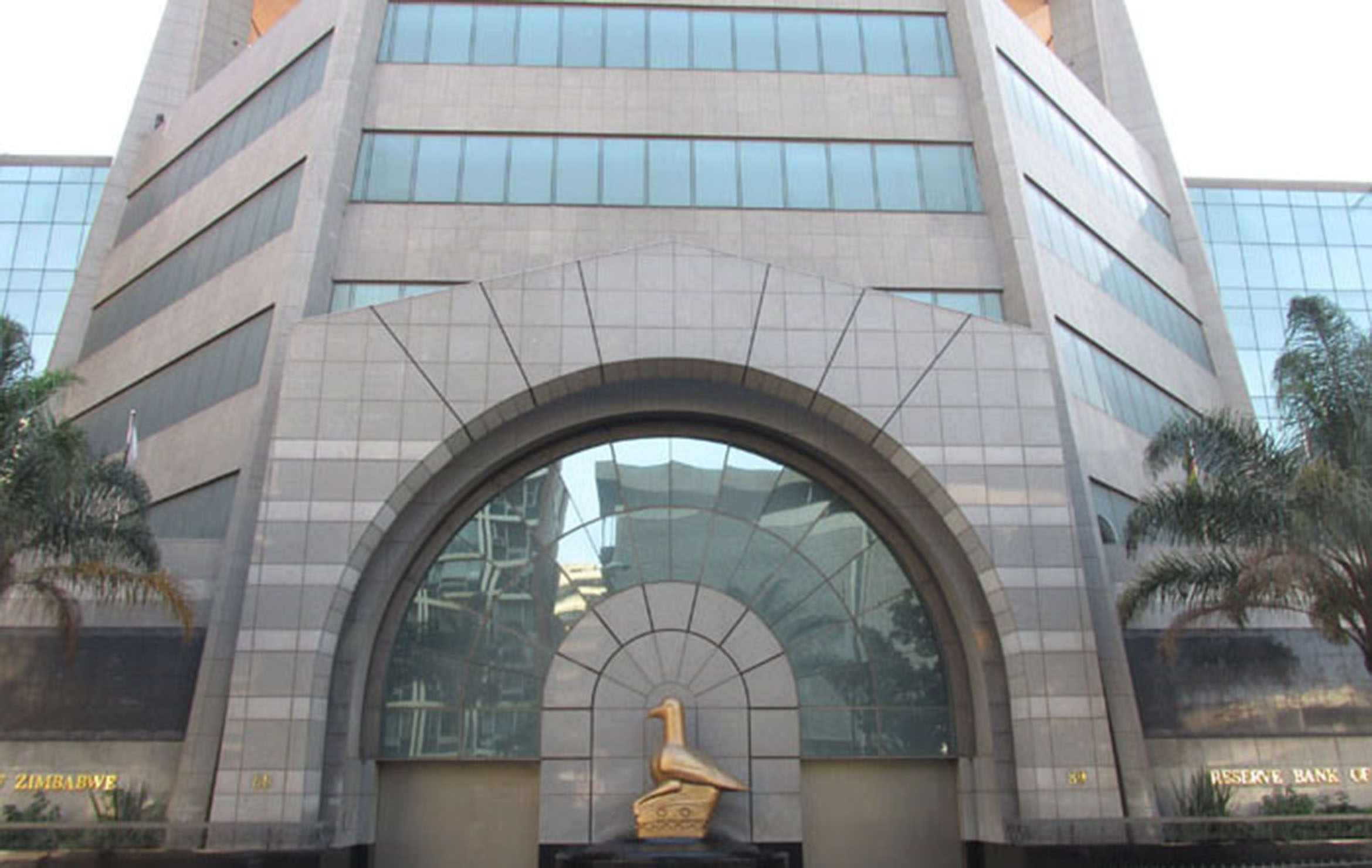
TAFARA MTUTU THE monetary policy committee (MPC) of the Reserve Bank of Zimbabwe met on April 1, 2022 to discuss measures to contain the impact of events unfolding in both the local and international macroeconomic environment.
The global economic environment has been rocked by the Russia-Ukraine conflict, which has driven prices of soft and hard commodities upwards on the back of a myriad of factors such as:
Oil supply and demand disequilibrium,
An investor flight-to-safety in real inflation-hedging assets such as gold and silver, and
Exports supply concerns for softs like corn and wheat.
The conflict has been key in the recent surge in global inflation data, which has begun filtering into Zimbabwe’s economy. Zimbabwe’s Year-on-Year inflation has taken on a renewed upswing, moving from 50,3% in August 2021 to 72,7% in March 2022 on the back of a combination of local and global developments.
Furtherto the ripple effects of global inflation on Zimbabwe’s economy, local currency rates on the parallel market have strongly depreciated in the past three months, moving from c. ZW$$195/USD in January to c.ZW$$300/USD in the past week.
The resolutions from the meetingincluded:
- Chamisa under fire over US$120K donation
- Mavhunga puts DeMbare into Chibuku quarterfinals
- Pension funds bet on Cabora Bassa oilfields
- Councils defy govt fire tender directive
Keep Reading
Reviewing upwards the Bank Policy Rate from 60% to 80% per annum;
Reviewing upwards the Medium-Term Bank Accommodation Facility Interest Rate from 40% to 50% per annum;
Reviewing upwards the minimum deposit rates for ZW$ savings and time deposits from 10% and 20% per annum to 12,5% and 25%, respectively;
Further tightening monetary policy by reducing the quarterly reserve money growth target from 7,5% to 5% for the quarter ending June 2022; and
Further liberalising the foreign exchange market by allowing banks to conduct foreign exchange transactions of up US$1 000 under an arrangement agreed upon between banks and the bank and in terms of which individuals with free funds and entities/corporates holding foreign exchange in their foreign currency accounts (after meeting the statutory surrender requirements) shall be free to sell foreign currency to banks on a willing-buyer willing-seller basis.
We opine that these measures have the goal of leveraging off the growing nostro balances in the country — currently accounting for c.50% of the total value of deposits held by banks – to ease the currency volatility. The likely role of Resolution (5) is to carefully incentivise holders of nostro balances to dispose their currency at rates that are better than the official rate but below the parallel market rates.
The figure of US$1 000 is also likely to be increased over time as the Central Bank assesses any loopholes that could dull the intended effects of the resolution.
Resolutions (1) to (4) will likely support the intended impact of Resolution (5) by ensuring that liquidity received from these currency transactions will not be channelled to the parallel market.
The resolution to tighten the quarterly reserve money growth will limit the Zimbabwean dollar (ZW$) balances available after willing-buyer-willing-seller currency transactions that can be issued as loans while the increase in the bank policy rates will control the availability of any “cheap money” in the economy, which could be used for speculative borrowing.
The theoretical impact of these measures will be to contain the depreciation of the ZW$ while easing the pressure on the auction system as well as demand for the SDR allocation from the IMF.
However, the question remains, “Are these measures sufficient to contain inflation and currency depreciation in Zimbabwe?” and the answer points to these measures being somewhat effective in the short-term but still inadequate over a longer term.
Zimbabwe is chronically dependent on imports of raw materials whose costs have been steadily increasing in response to global developments.
Hence, global inflationary pressures will continue to ripple into local inflation in the absence of sufficient local supply of raw materials. Persistent inefficiencies in the auction system and anticipated additional currency demands on the back of lower-than-expected nationwide graindeliveries in 2022 also pose as strong headwinds for the latest MPC resolutions’ measures with regards to currency volatility.
We also observe that the parallel market is strongly driven by transactional activity that does not include nostro balances, and these often take place outside the formal system to a larger extent. Hence, these resolutions could be limited in their effectiveness.
However, the resolutions could adversely impact the productive sector,which currently bemoans the short-term nature of loans from banks at current lending rates.
The increase in the policy rate will likely increase the burden of debt financing for borrowers through higher interest rates in the short to medium term.
We note that companies that extensively rely on debt for working capital needs will be exposed. For example, SeedCo Limited is one such company that could be affected by the increase in interest rates in the medium term.
The seasonal business typically requires debt capital to maintain production before the selling season for seed takes off. On the other hand, financial services businesses look to pin the resilience of their lending operations on the frequent revisions of interest rates in line with inflation figures.
- Mtutu is a research analyst at Morgan & Co. — [email protected] or +263 774 795 854.











